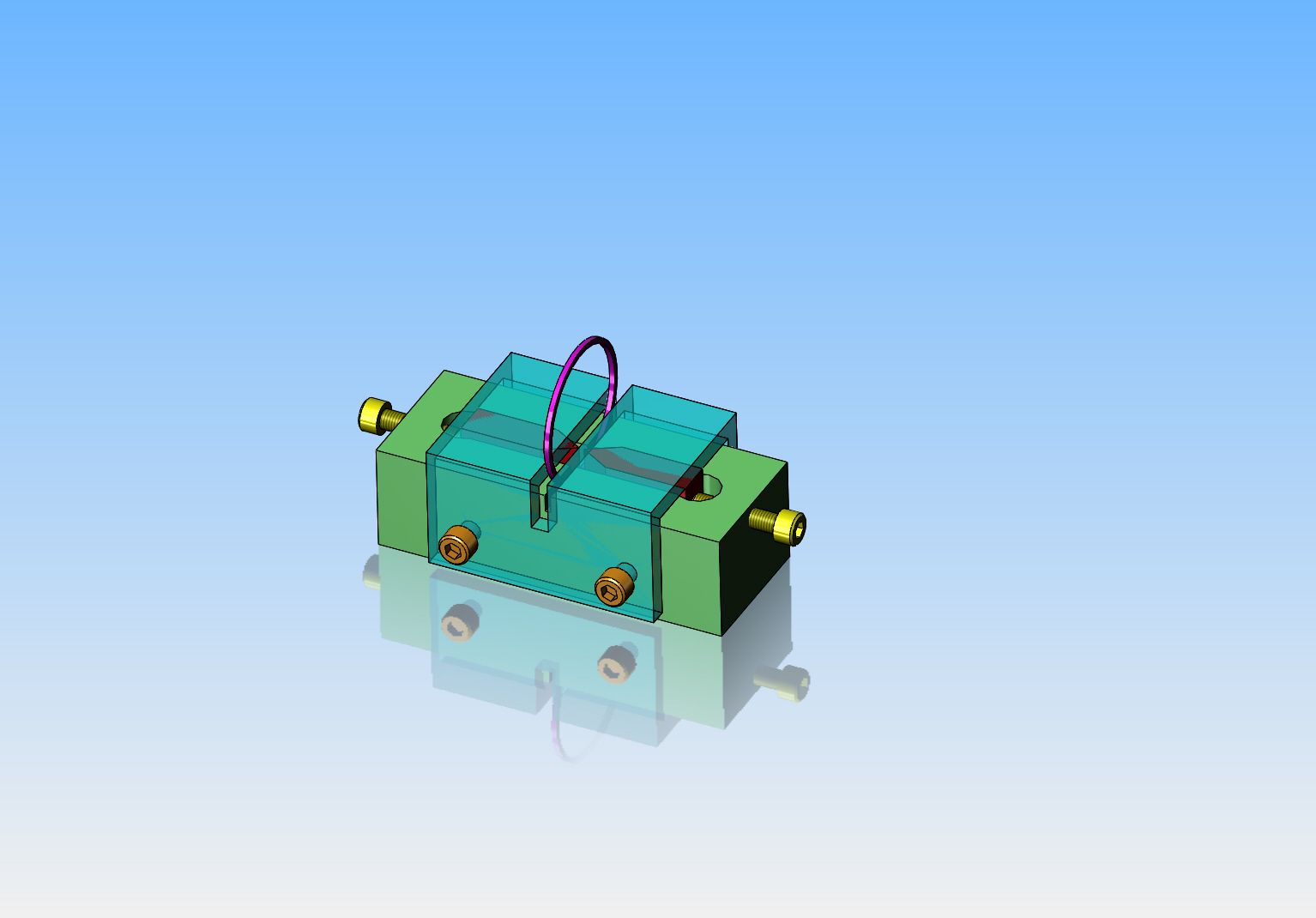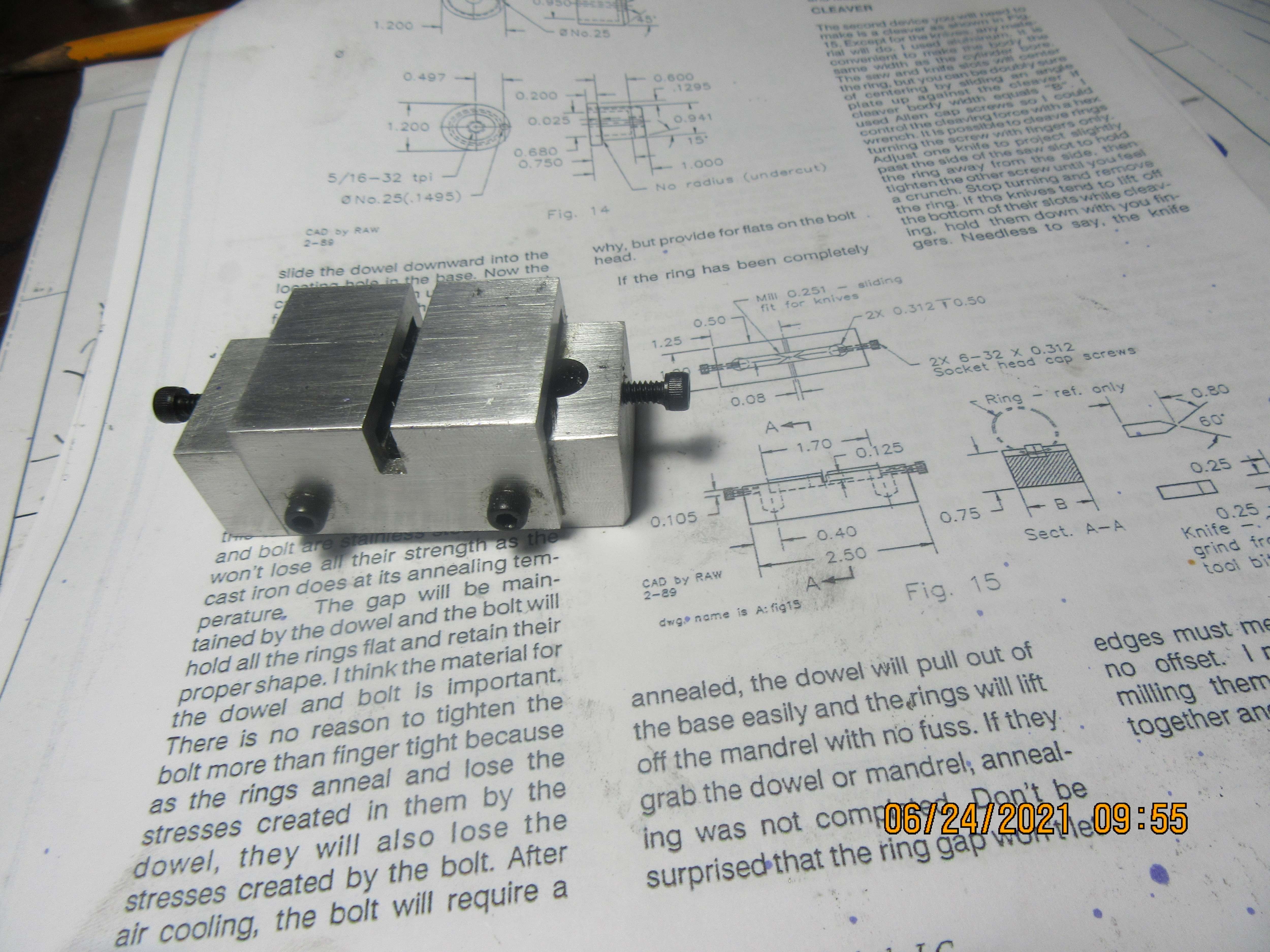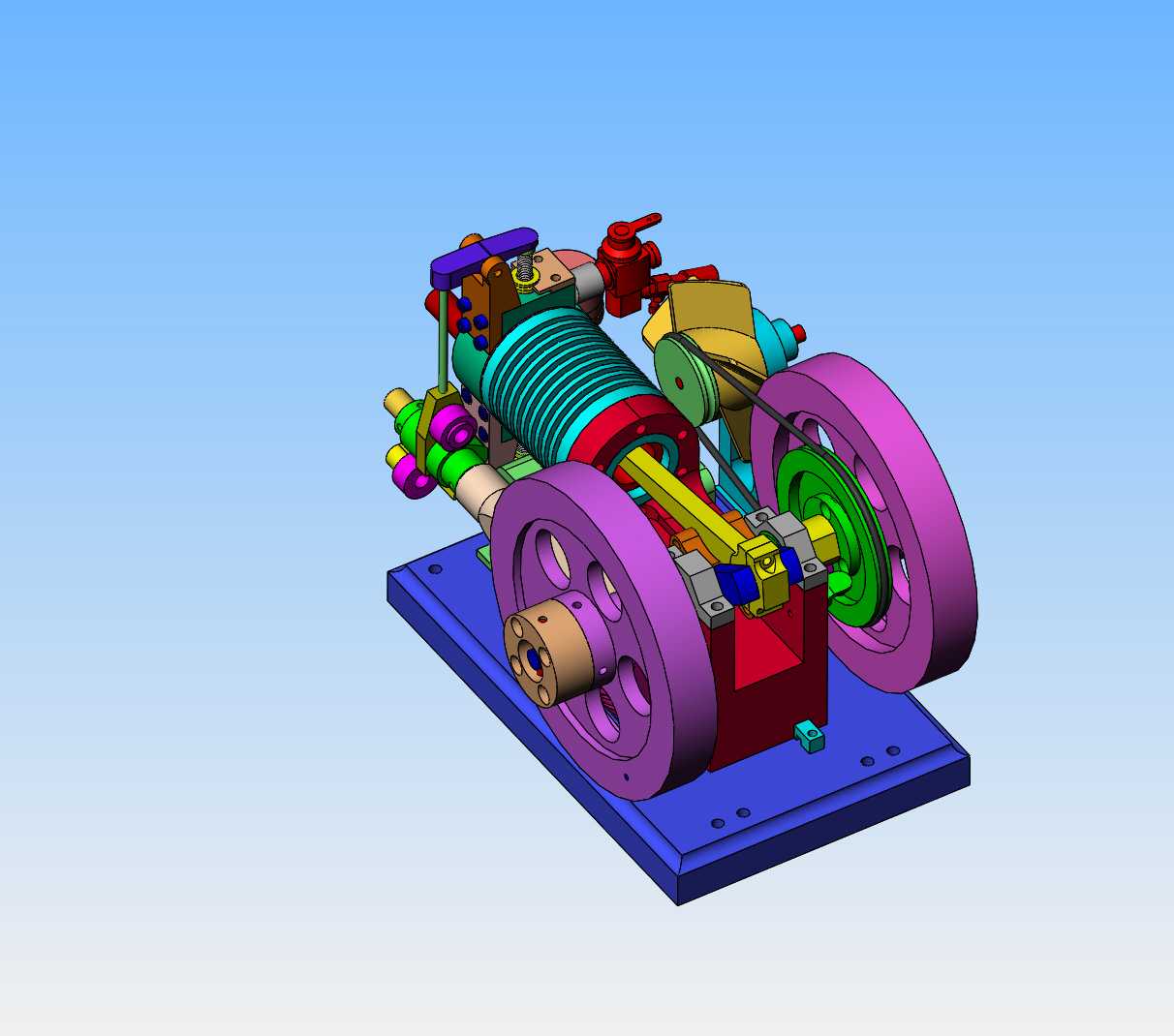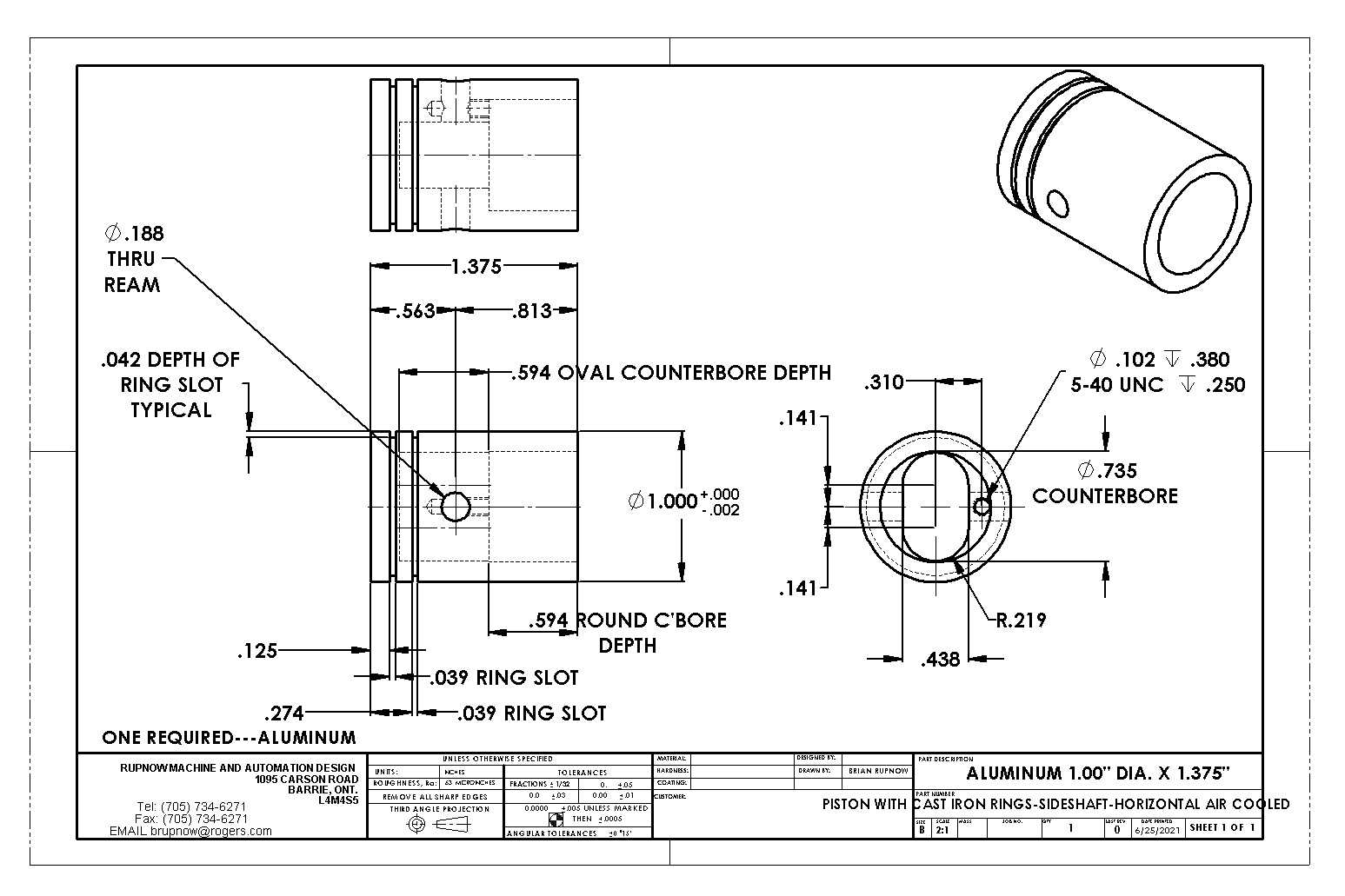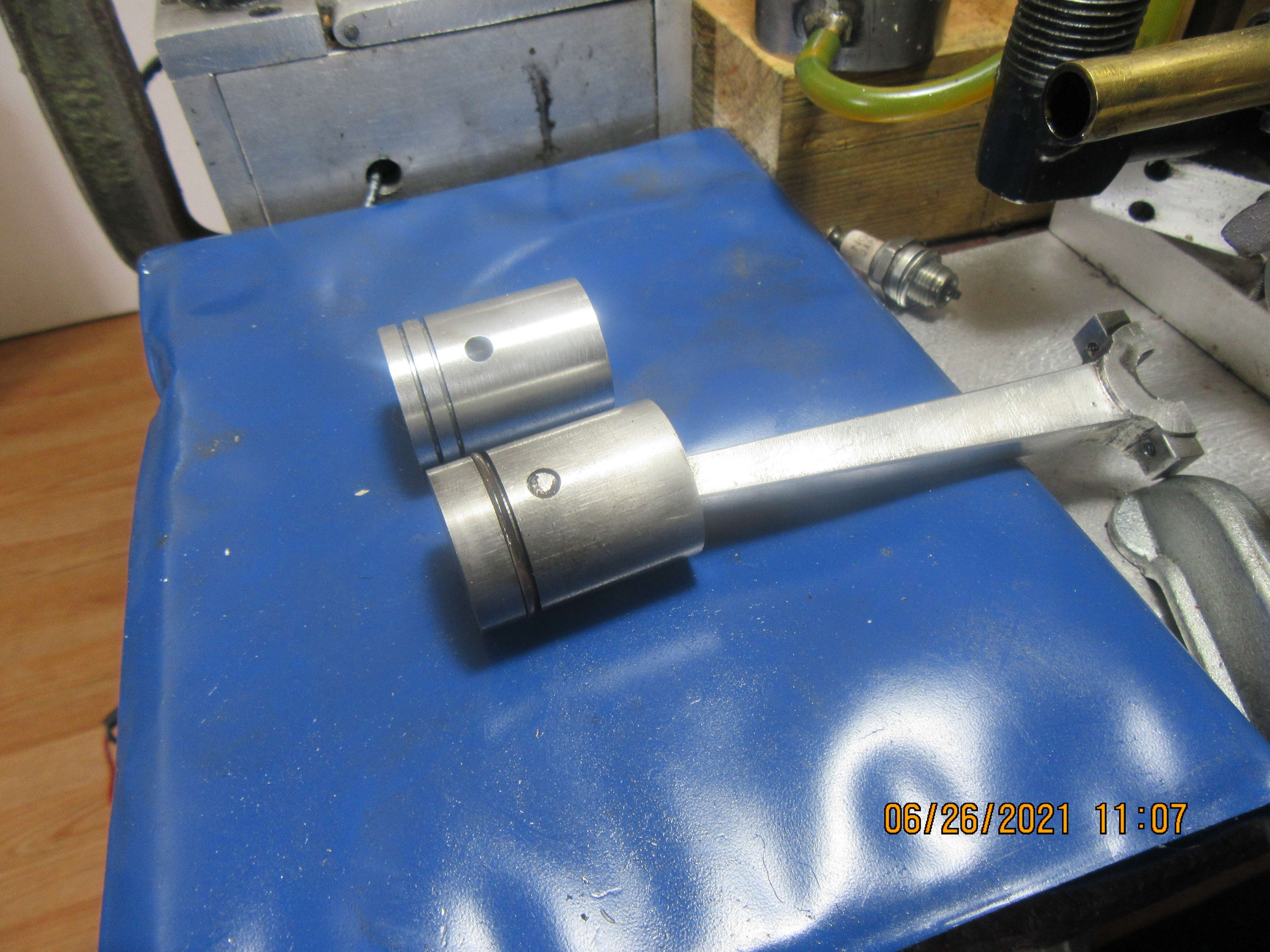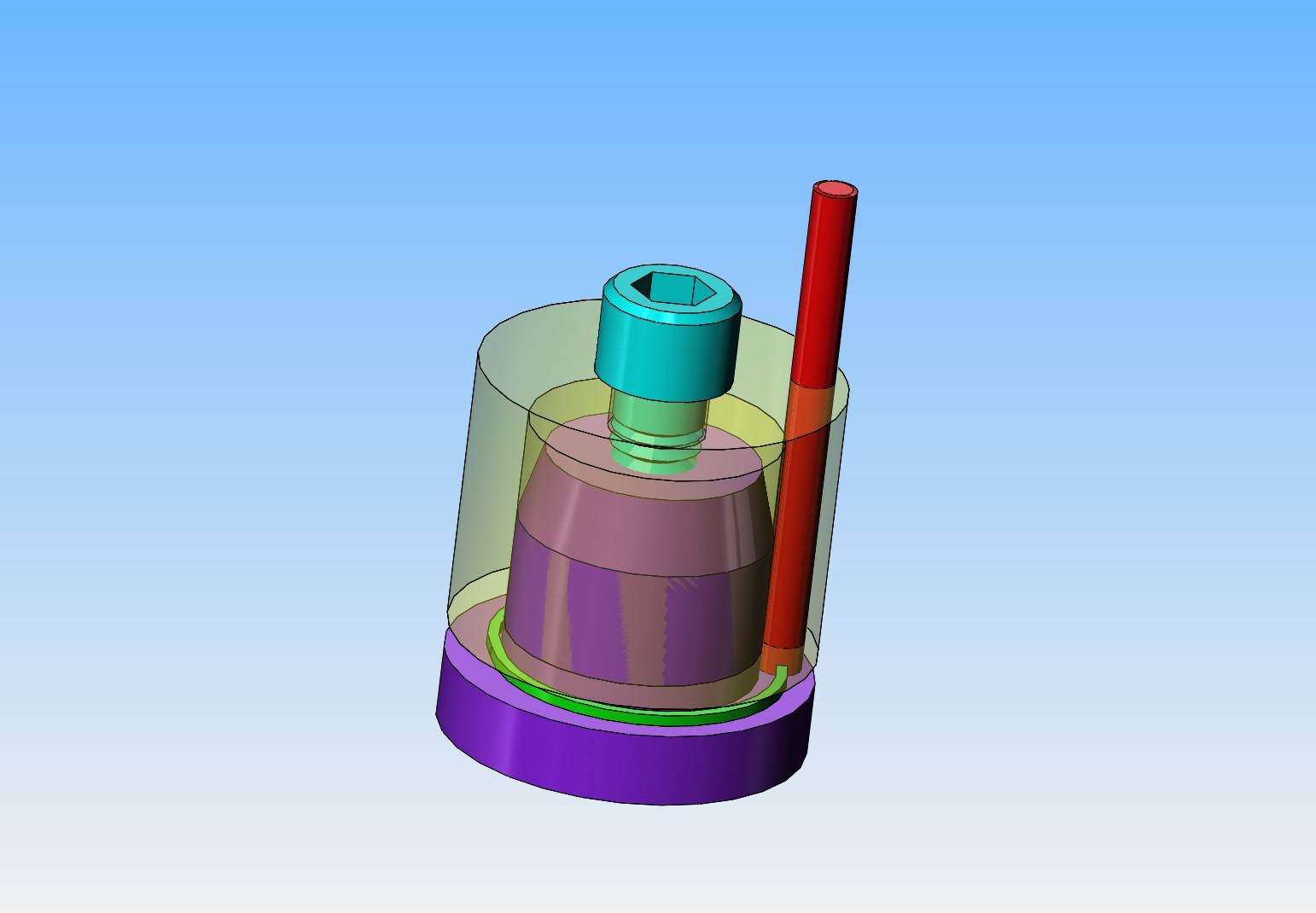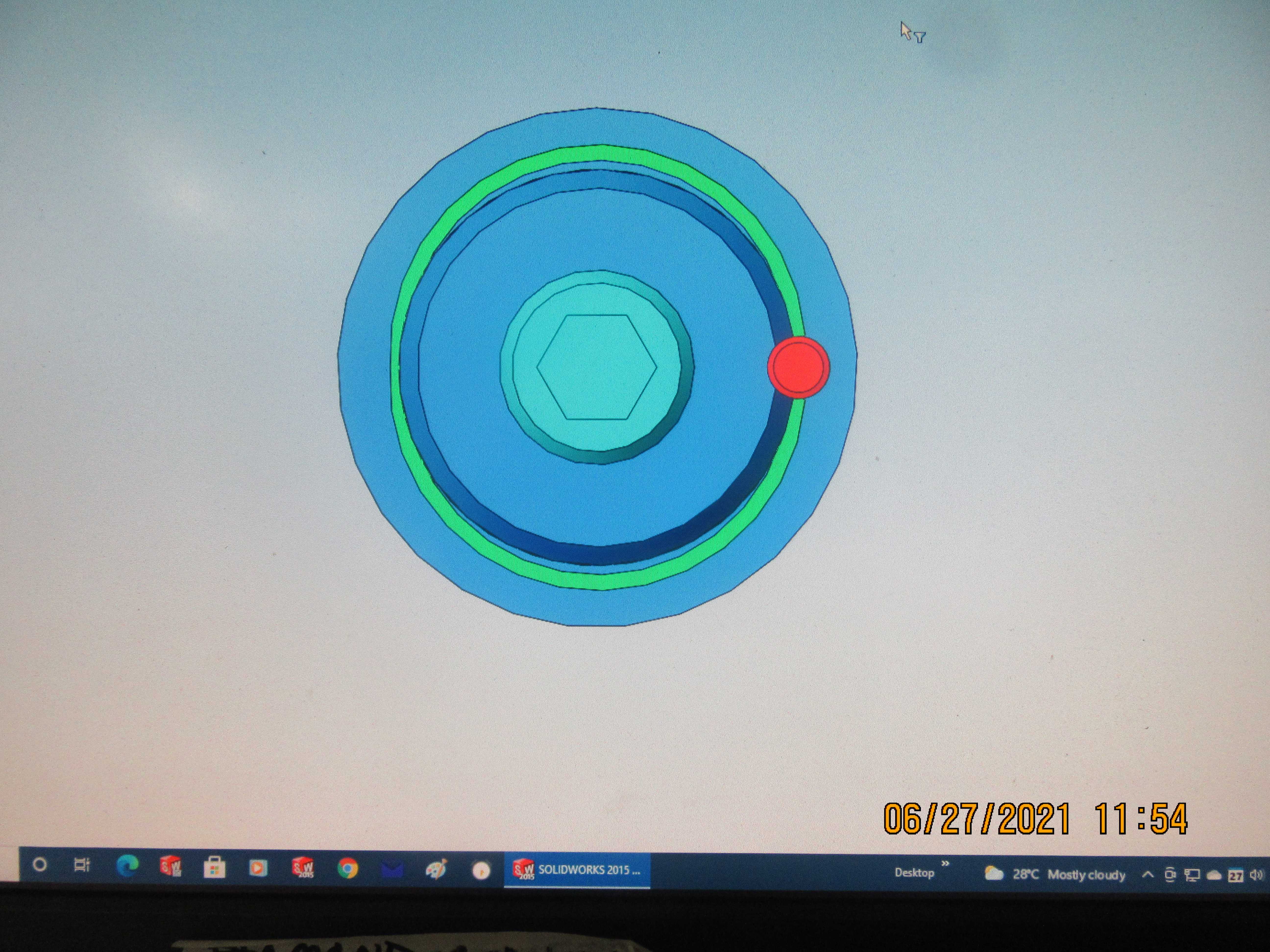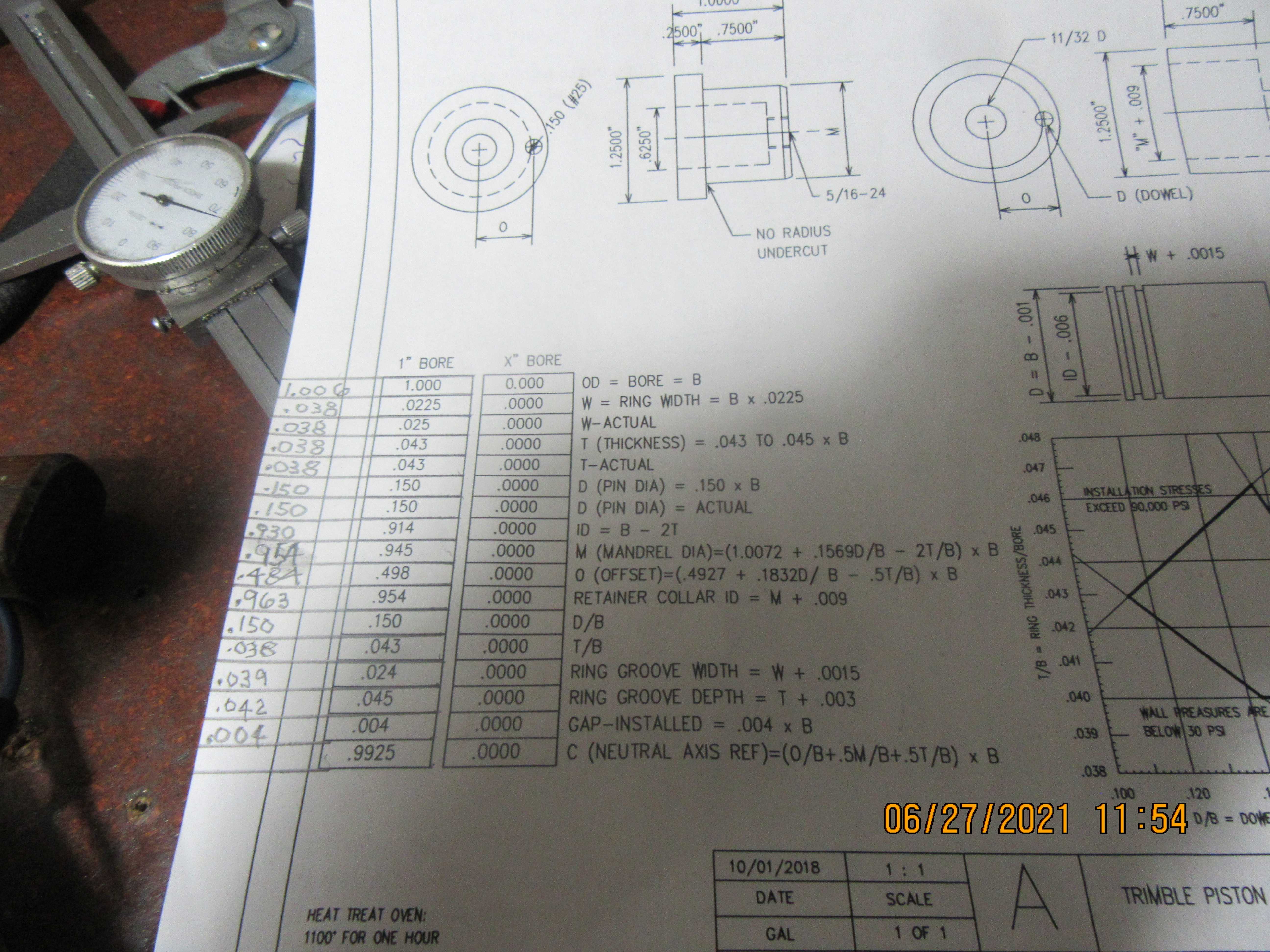Found something out today. Two weeks ago I ordered a "Fine India Stone" from Sharpening Supplies .com on the internet. Today I went searching for it because two weeks should get it from anywhere in the USA. I phoned Canada Post with the tracking number supplied by Sharpening Supplies. Canada Post informs me that the stone shipped out of Sweden a week ago. What???---Sweden?? Okay, maybe I've been had. Of course, Sharpening Supplies never indicated that the stone was coming from Sweden. It doesn't really matter, I don't have any urge to do much machining right now, but still----
